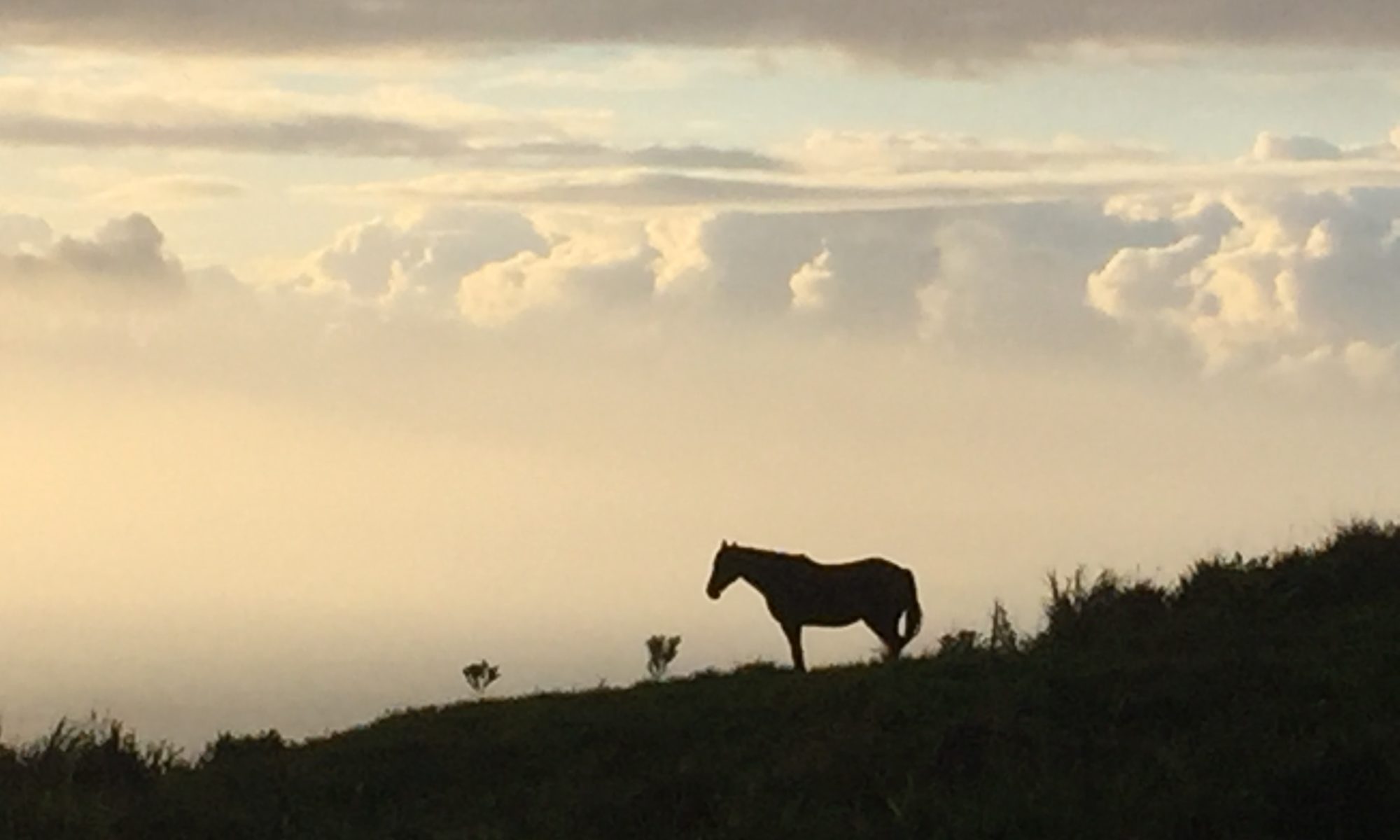Earth Day is a opportunity to think big, as big as a planet, to let our thoughts unfurl into the still lovely expanses of this earth. It is a chance to remember our kinship, all our relations, to this extended family of ours, Life on Earth. It is an opportunity to remember that the most essential thing about us is that we are alive, as animals among animals, connected to plants, winds and rain. And to contemplate what an astonishing blessing and mystery it is to be alive on a living planet. Continue reading “Life on Earth Day”
Earth Day
April 22 is Earth Day and next year marks its 50th anniversary. It seems a good time to pause and think about what we have accomplished and where we go from here. How has Earth Day changed since it’s conception and have we reached any of its original goals?
Birds, toddlers and the phoney laws of profit
Fine-mesh netting to stop birds nesting in trees and hedgerows has recently become a thing in the UK. Apparently it’s been going on for a few years in the leafy margins where town merges into countryside. But it seems to have particularly taken off this spring, and photos have been pinging around social media.
Why would anyone stop birds nesting? Well, if you’re a property developer with a planning application pending, you need to make sure any trees and hedgerows you might later want to uproot aren’t home to feathery families. If they are, it’ll be illegal to displace them and that’s going to cost you time and money. So there you go. A sound business rationale for something quite appalling.
This wouldn’t be the foulest trick in the annals of human mistreatment of other creatures, but it seems to have struck a chord with many people. One of those ‘what have we come to?’ moments signalling unease in the collective psyche. Something which draws back the veil on the price that nature pays for society’s glorification of profit. Something which reveals how we distance ourselves not only from the rest of nature but also from our own true nature.
Tangentially related in my mind was a news story from London a few weeks ago. A housing estate south of the river featured a notionally communal play area divided by a hedge and wall. On one side, a spacious garden and grounds accessible only to tenants of the estate’s privately owned flats. On the other a narrow strip of playground serving the handful of social housing flats. The development project had been required to include a proportion of social housing units, and communal play provision for small children had been part of the original specification. But now the ‘private’ and ‘social’ children, who wanted to play together, were segregated. So there was a bit of an outcry.
The estate management company embarrassed itself for a few days in the media, defending the indefensible with proprietor’s logic packaged in pathetic PR guff. After all, they asserted, only the private tenants paid the service fees which maintained their children’s VIP play facilities. Yeah but no but. Instinctively we all know that toddlers are exempt from social hierarchy. And in this case, the walls came down. But as it is for toddlers so it should be for the rest of us. Human hierarchies are a social construct, abominable and completely artificial, but like detachment from nature they serve the profit principle well, so we’re stuck with them. Until people suddenly see right through them.
These two stories are linked for me in that they help delineate what it is we’re up against and show me where to direct my energies. I can’t ‘fight’ climate chaos but I will go out of my way to defy the maladaptive hallucinations (to borrow Richard Reese‘s phrase) that have created and are still driving it. And I can do so in the faith that deep down all of us are on the same side. We’re not supreme over nature, we’re not supreme over each other, and we won’t be blinded by the phoney laws of profit. So there.



